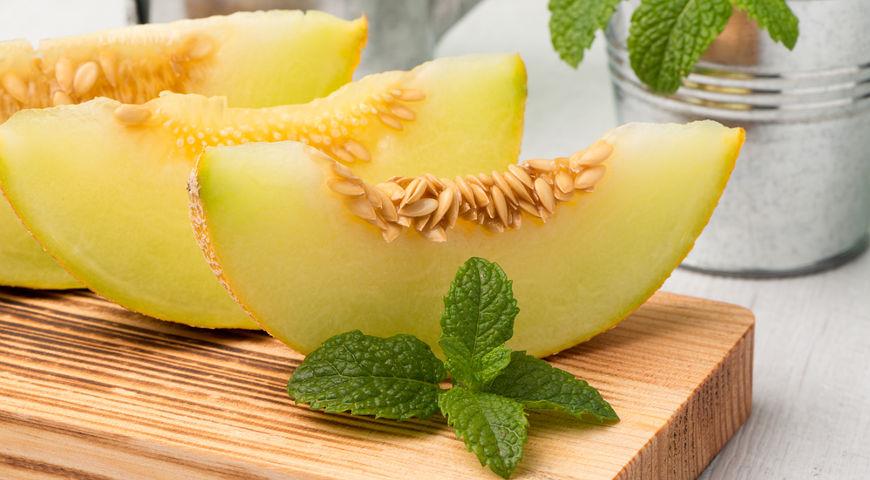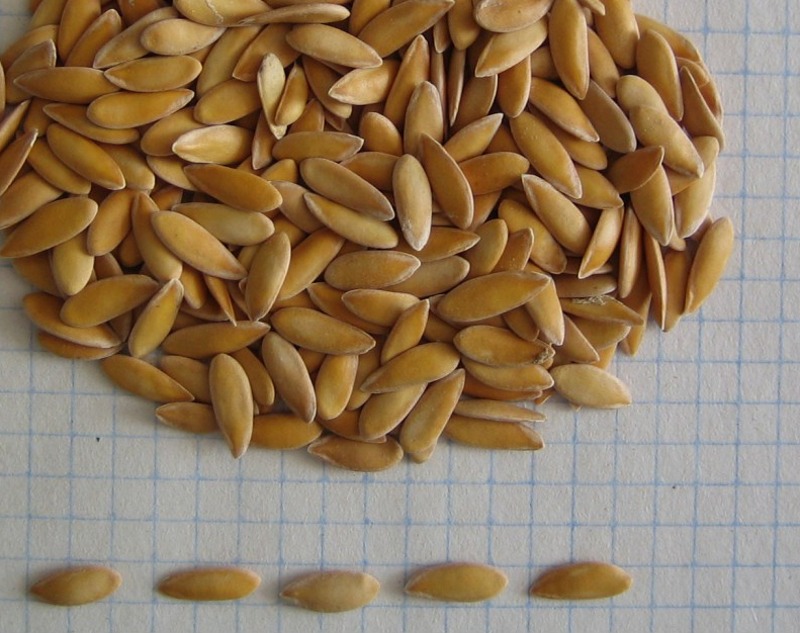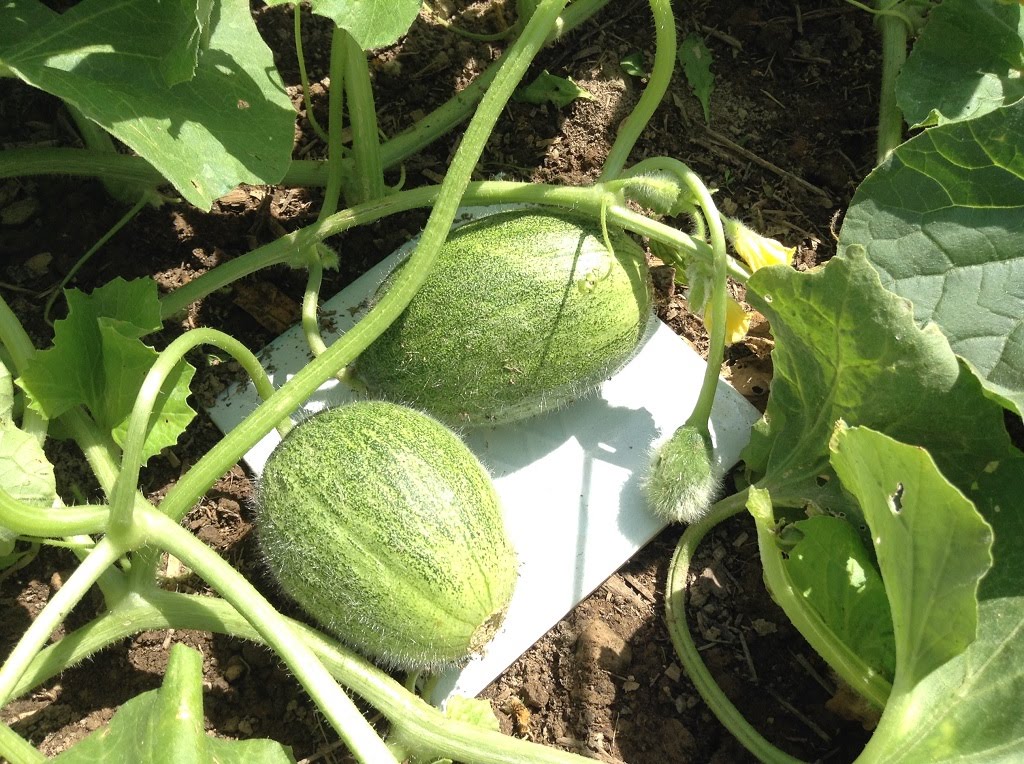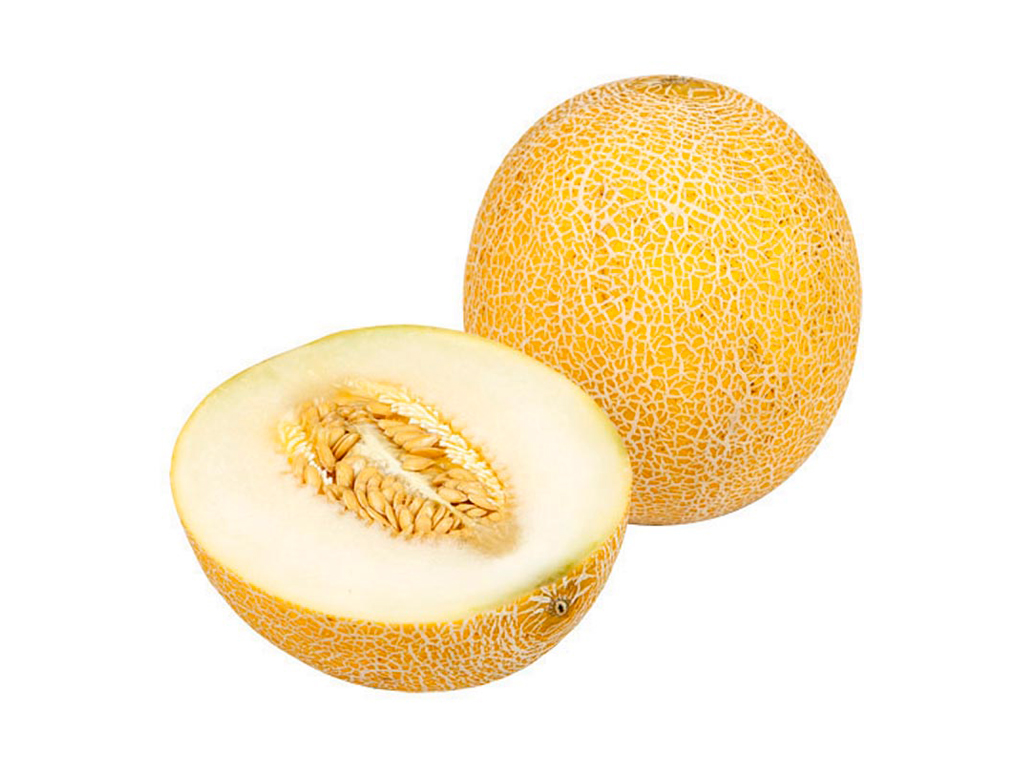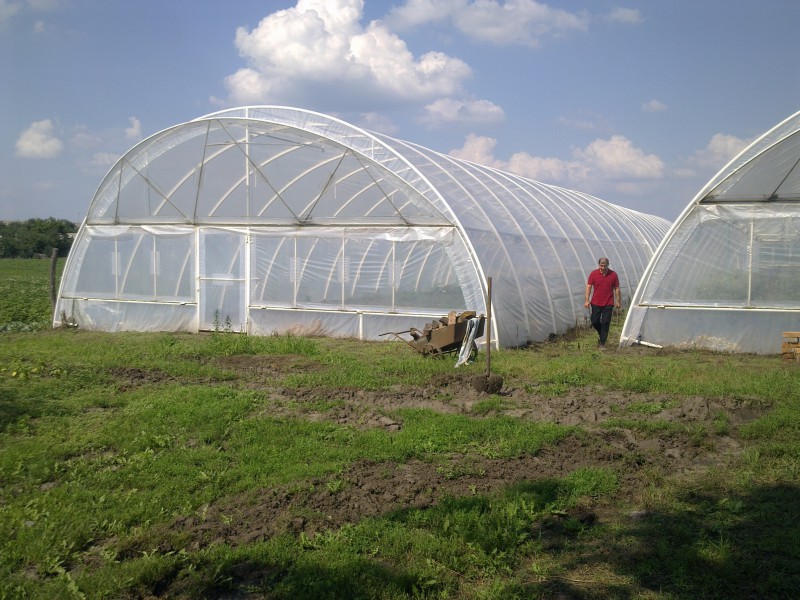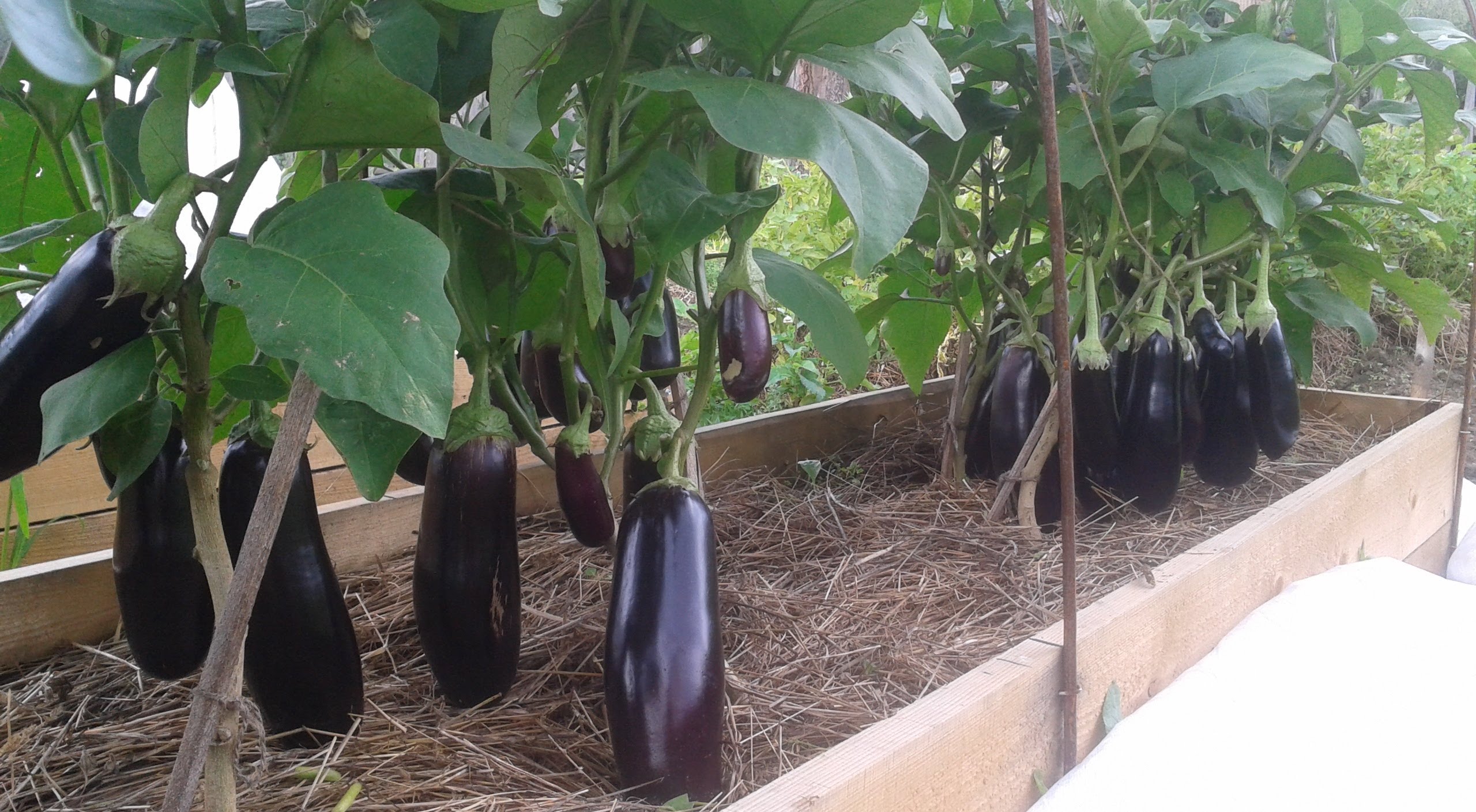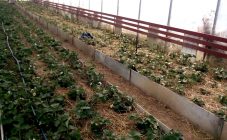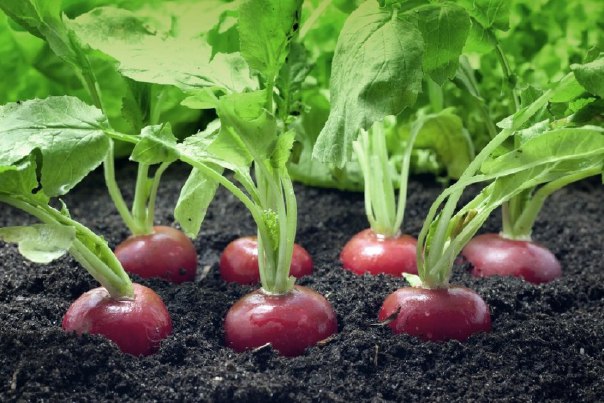Content:
Growing melons in a greenhouse in the Urals is not difficult. Of course, you need warmth, bright lighting, but creating the necessary atmosphere in a greenhouse will not be difficult. The main conditions for obtaining a rich harvest are proper soil preparation, stable temperature and regular watering.
Greenhouse preparation
When planting melons in a greenhouse, special attention will have to be paid to the soil. It should be warm with sufficient acidity.
Before starting cultivation, the soil must be thoroughly moistened and fertilized. You can use superphosphate, compost, fresh manure. They need to be evenly distributed over the soil surface, after which they need to dig up the soil with a shovel. It should be watered at the rate of 5-10 liters per 1m².
There must be heating in the greenhouse. Musty air has a detrimental effect on fruit ripening, so the greenhouse should be often but carefully ventilated. Watering the growing melon is recommended by the drip method, only after the top layer of the soil has completely dried.
Even before planting the melon, you need to prepare supports (ordinary sticks 0.5-1 m long will do) that will support the fruits. The necessary lighting must be installed in the room. The minimum illumination level for normal melon growth should be 6-7 kL. This level is measured with a special device - a luxmeter.
How to grow melons in a greenhouse in the Urals
To plant a plant, a tall greenhouse is needed, preferably made of polycarbonate. It is better suited for growing this crop. Its height must be at least 2 meters.
First you need to prepare the soil for planting.
- Fertilize using phosphorus and nitrogen supplements. Manure or humus will do. Such fertilizers are applied to the ground during digging. Phosphorus and nitrogen agents are diluted with water in a ratio of 100 g: 10 liters.
- Loosen until soft, porous.
- Before planting, remove the top layer, fertilize, add hay, manure. Then spill thoroughly with hot water (10 liters per 1m2). Return the removed layer to its original place, tightly covering it with a dark matter or warming film.
Seeds need to be tested for germination using a solution of sodium chloride. Add 1 teaspoon of salt to a glass of water, dip the planting material into the solution. The seeds that settle to the bottom can be used for planting. The ones that have surfaced will not grow, they should be thrown away. Before planting, it is recommended to lower them in a container with boric acid for about 11-12 hours, or put them in hot water (+ 60 ° C) for 5-6 minutes, then take them out and keep them on gauze for three days.
It is recommended to plant seedlings in the ground from April 9 to 25. In a greenhouse, seeds are planted in a row at a distance of 55-60 cm. Up to two plants can be planted in one hole.
How to grow a melon in the Urals in the open field
When planting a plant in open ground, preparation should begin in the fall. In early September, the soil must be dug to an average depth (on a shovel bayonet). After that, you will need to apply fertilizers to the ground, for example, humus. For 1m2 it will need 4kg. If the soil is clay, you need to add river sand at the rate of half a bucket per square meter. Further, the process is almost no different from growing in a greenhouse.
The best varieties for planting in the Urals
When choosing a variety for planting, you should consider the ripening time. This is important because in the Urals the frost-free season is only 80-90 days. It is worth giving preference to varieties with a fruit weight of no more than 2-3 kg, large melons simply do not have time to ripen.
The best greenhouse varieties for planting:
- Mallet. The fruit is oval in shape, weighing 2-3 kg, the pulp is sweet, resistant to root rot.
- Titovka. Weight from 1 to 3 kg, the flesh is sweet, without fibers, the fruit is resistant to aphids.
- Lada. Weight 1.3-1.5 kg, ripening after 80 days, resistant to powdery mildew, anthracnose.
- Dunna F1. Weight from 2.5 to 3 kg, the fruit is sweet, juicy, resistant to fusarium.
With proper cultivation and adherence to all recommendations, you can get tasty and juicy melon even in a greenhouse. By wisely choosing a variety, cultivating, processing seeds, you can count on an excellent harvest!
